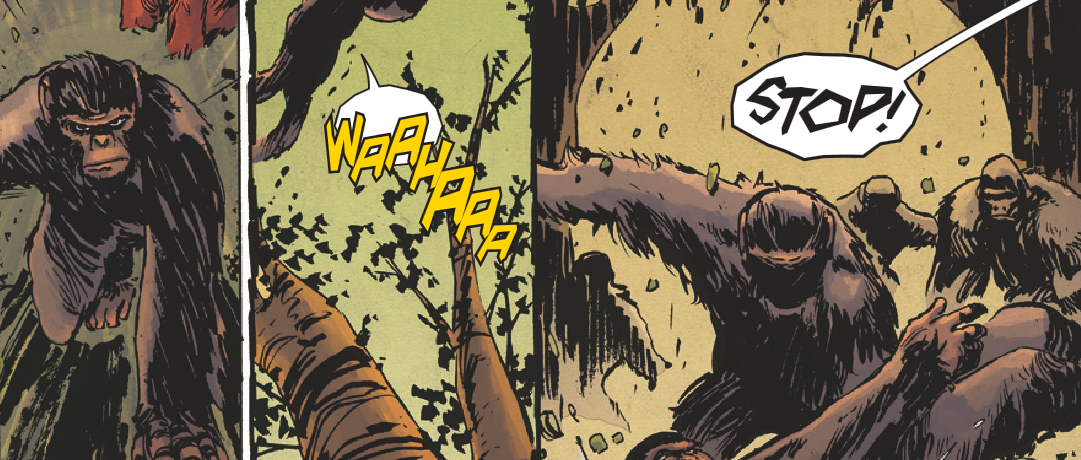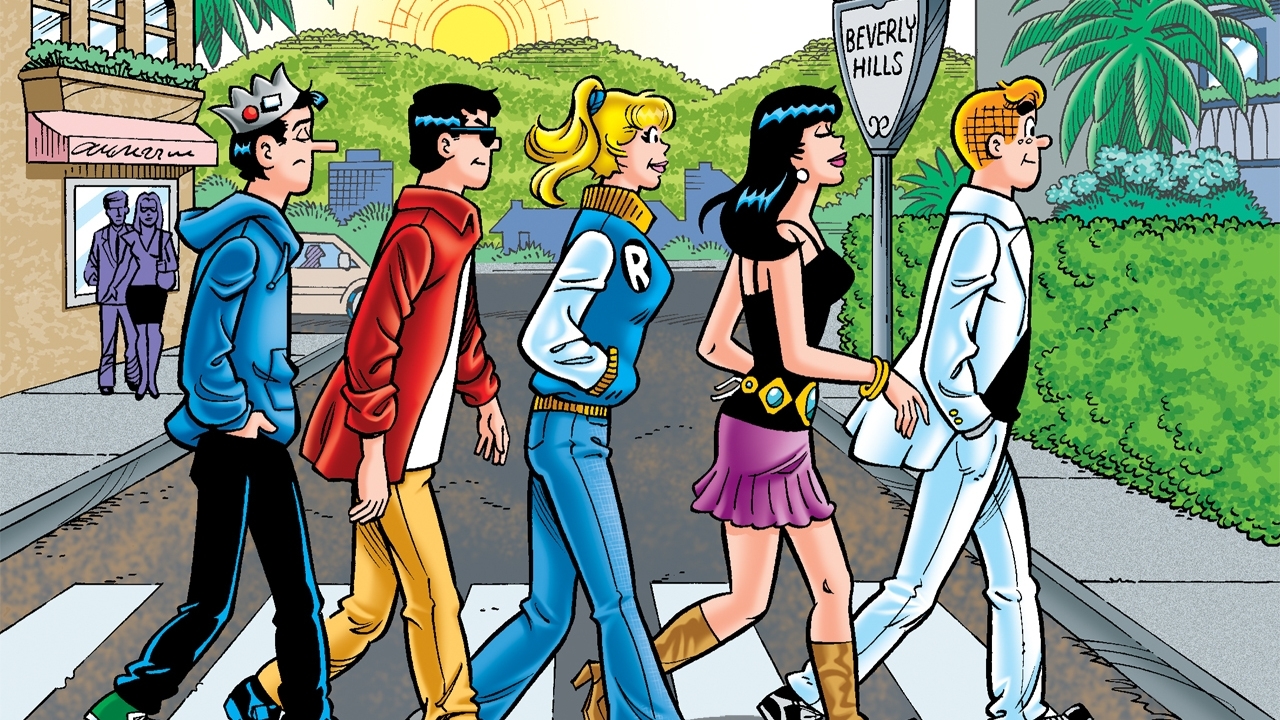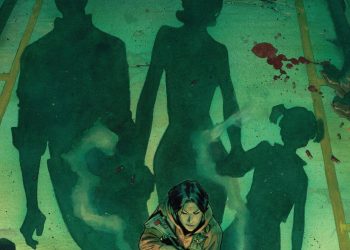Dawn of the Planet of the Apes #1 (BOOM! Studios)
Writing: Michael Moreci
Artist: Dan McCaid
Colorist: Jason Wordie
Letters: Ed Dukeshire
Review by Gary Chapin
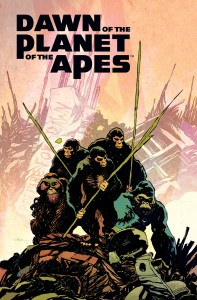
In a recent interview Michael Moreci, writer of the new Dawn of the Planet of the Apes mini-series from BOOM! Studios talked about the resonance of the Planet of the Apes. Referring to Matt Reeves, director of Dawn of the Planet of the Apes (the flick), and the idea that, for some of us, Planet of the Apes is our Star Wars. In other words, it was NOT Luke and Han and Leia who lit our geek fire, it was Cornelius and Zira and Taylor. I’m one of those people — as I implied when I wrote about the apes here — who never collected Star Wars stuff, but I did have the Mego Planet of the Apes tree house, which came with — get this — an operating table for Zira’s vet work. Vivisection? Anyone? The joys of childhood.
My point — and I do have one — is that I was pretty dang excited when it was announced that BOOM! would be releasing an Apes mini-series that bridged the ten years between the two most recent Apes films, but I was also kind of anxious.
Interquels — that’s what this is — can have problems inherent to both sequels and prequels, and I was worried about this one. How would they create genuine suspense when we already know where the story is going to end up? How would they tell the stories of characters who we see meeting for the first time in Dawn of the Planet of the Apes? In fact, isn’t it implied in Dawn that this is the first contact the apes have had with humans? Hmmmm … On the other hand, BOOM! has become the Undisputed Master of the prequel/sequel game. I am a huge fan of a lot of their licensed work, and the Planet of the Apes work has been exemplary.
Dawn of the Planet of the Apes #1 (of 6) tackles the particulars of the two big givens of the second film, the building of the ape civilization, and the fall of the human civilization to plague. How did these things happen?
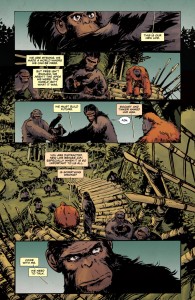
Caesar and the simians are at the site of the dam, with the circular ramp and other structures already in place. It’s two years after the first film, and baby apes are starting to come into the world. Caesar is wrestling with the problems of a thoughtful leader who is in a position to shape what this nascent society will become. We see Maurice and Koba fulfilling their roles from the films, and meet a new ape, Pope, deeply scarred and aggressive. Meanwhile, in the human neighborhood, we see Malcolm (the human engineer from the film) with his wife and son, first trying to Get the Power Back On (it doesn’t work), and then encountering looters and sickness.
The issue is very much a set up for later action. Caesar sends Pope on a scouting mission. “Take risks for a better tomorrow,” he says, and “without a future we have nothing.” Similarly, Malcolm is coming to the realization that there is no repairing the old human world, and that while they could go on living on the scraps left behind, it’s time to start thinking about what a future might be that’s not tethered to the past. Both Caesar and Malcolm are playing the long game, with Caesar watching apes “busy being born,” and Malcolm watching humans “busy dying.”
Dan McCaid’s art is excellent and impressionistic (I’m still wondering what this style is called. Semi-realistic?), but clear. He faces the challenge of half the characters not having human facial expressions, yet still communicating emotion. Oh, when will apes learn to smile? I can imagine him thinking. But then, this is a difference that makes the story more than allegory. They are not furry humans. They are not — as they were in the original films — proxies for human society and its foibles. They are genuinely alien, and that makes the story of the interaction of human and ape far more interesting.
Verdict. Buy it. When I started this review, I wasn’t sure how the verdict would go. Is this a good book because I love all things simian? Or is it just a good book? I’ve landed on the latter. Moreci and McCaid have threaded the needle with most excellent good skill. Obviously, as with any license book, there is some necessary relationship with the source material, but just as obviously, there’s a point where it’s “just great writing” and “just great art.” Dawn of the Planet of the Apes reaches that point and, in the tradition of BOOM!’s ape franchise, goes beyond it.
UPDATE: Artist Dan McCaid has put all of the rough layouts for this issue over on his blog. Amazing behind the scenes look!

